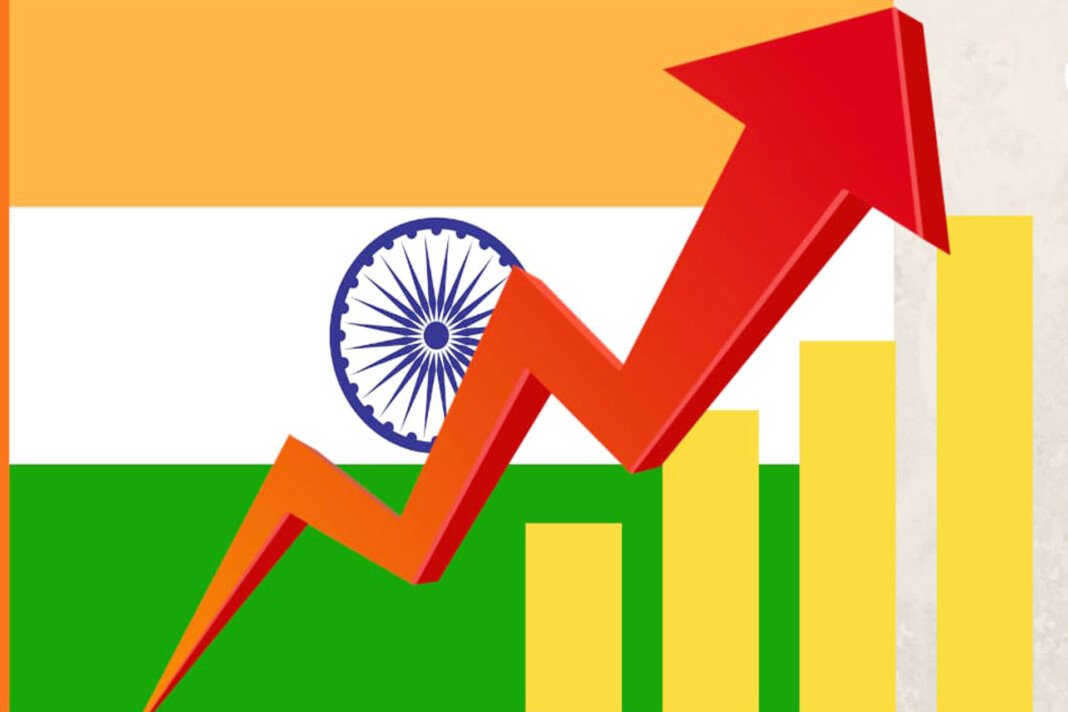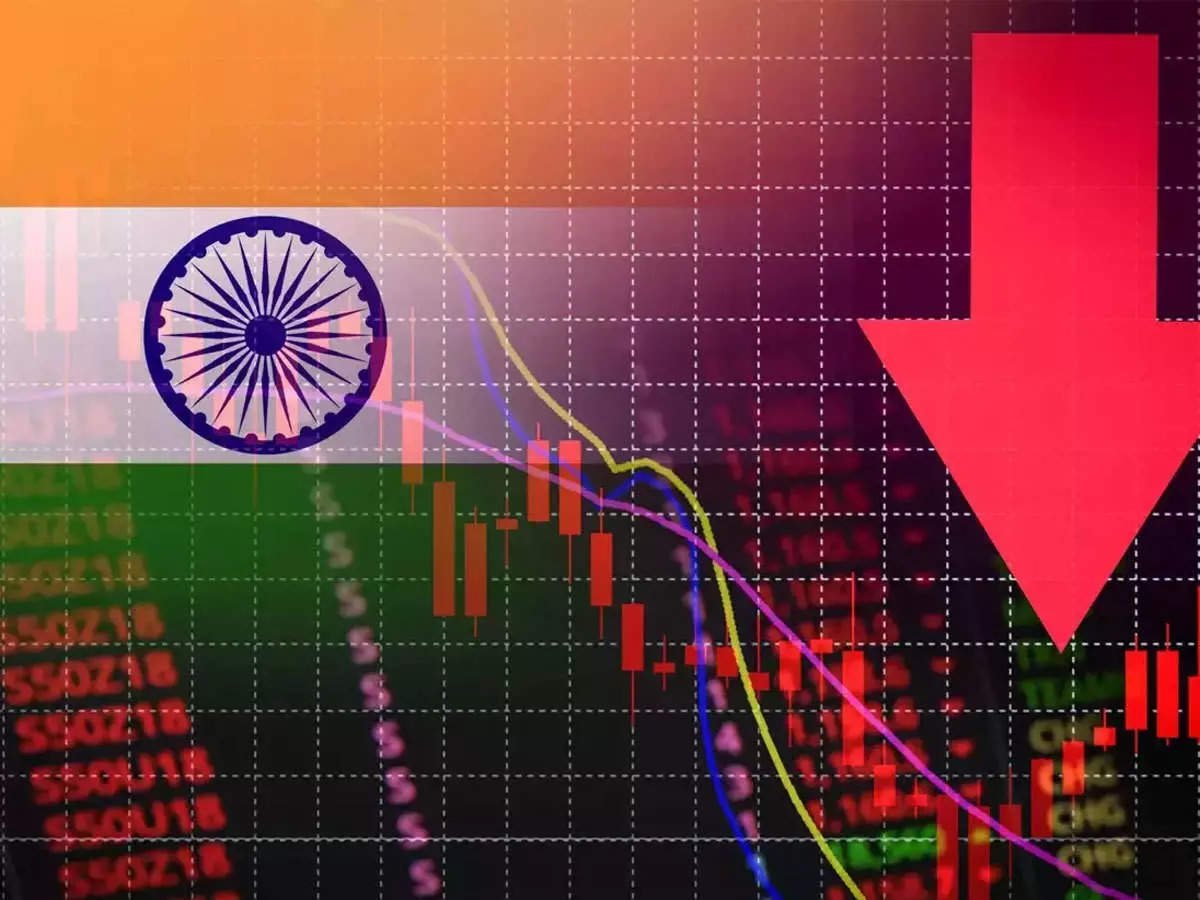By: Shashanka Das
The announcement by Prime Minister Narendra Modi to make India a developed country by 2047, coinciding with the 100th anniversary of India’s Independence, has set the stage for an ambitious vision document to realize the goal. The draft “Vision India @2047” document, which aims to make India a developed economy of about USD 30 trillion by 2047, will be presented by December 2023.
The vision document not only highlights the institutional and structural reforms needed to transform India into a developed nation but also addresses the pressing issues of poverty and the “middle-income trap”. NITI Aayog CEO BVR Subrahmanyam emphasized the importance of avoiding the middle-income trap, which occurs when a middle-income country struggles to transition to a high-income economy and achieve higher per capita income levels.
The middle-income trap is a significant concern for India as it poses challenges to sustained economic growth. Rising costs and declining competitiveness can hinder the country’s progress towards becoming a developed economy. In contrast, low-income countries have an advantage in transitioning to a middle-income economy due to factors such as low wages and a vast pool of cheap labor.
To overcome these challenges, the vision document will propose measures to address poverty and enhance India’s competitiveness. This may involve comprehensive structural reforms to improve the business environment, investment in critical infrastructure, and a focus on promoting innovation and technological advancements.
The preparation of the vision document began in 2021, with the involvement of the Cabinet Secretary and 10 Sectoral Groups of Secretaries (SGoSs). Over the past two years, numerous rounds of meetings and consultations have taken place with various stakeholders, including industry chambers, export promotion councils, think tanks, and research institutions. These consultations aim to gather valuable insights and recommendations from diverse perspectives.
In a recent addition to the development process, NITI Aayog has engaged prominent businessmen and thought leaders such as Gautam Adani, Mukesh Ambani, and Sundar Pichai to further enrich the vision document. These industry leaders will contribute their expertise and perspectives to the discussions scheduled for November 2023.
The vision document will not only address the challenges but also identify sectors and upcoming technologies where India can become a global leader. This will allow India to leverage its market size and address regional disparities in economic development. Additionally, states are developing their own vision documents to align with the national goal of becoming a developed economy by 2047.
In a recent interview, Deloitte South Asia CEO Romal Shetty emphasized the need for sustained economic growth of 8-9% over the next two decades to achieve India’s aspiration of becoming a developed nation by 2047. Shetty also highlighted the immense potential of India’s space sector, which could attract investments of $100 billion by 2040.
However, achieving this vision will not be easy. Sustaining growth at a rate of 8-9% for such a long period is a significant challenge that only a few countries have managed to achieve in history. It will require concerted efforts from both the government and private sector, as well as continued focus on key sectors and technologies where India can excel.
The “Vision India @2047” document holds the key to India’s journey towards becoming a developed economy. It presents a comprehensive roadmap to avoid the middle-income trap, address poverty, and enhance competitiveness. The recommendations proposed in the document, along with the actions taken, will determine India’s success in achieving its ambitious goal of becoming a developed nation by 2047. (The author can be reached at shashankadas0007@gmail.com or 9706619975)







